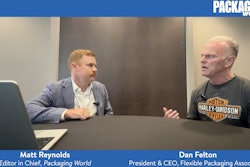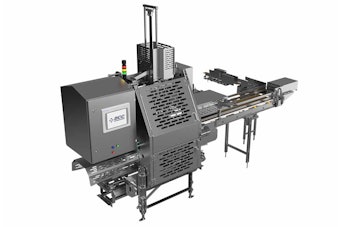
What many people haven’t heard is the complex background to such a seemingly simple set of changes. That’s because a great deal of research, thought, discussion, and controversy underlie the decisions about what to display, and also how to display such information.
The new requirements are effective as of July 26, 2016, so new labels made after that date should be made in compliance with them. FDA is telling people the ‘compliance date’ for labels is July 26, 2018 (except for food makers with less than $10 million in sales, who get an added year to comply), that is, FDA usually won’t take enforcement action till then against labels in the old format.
The headline of the effort, perhaps like any good headline, is legible across the room: FDA made the statement of calories in the Nutrition Facts box on food labels much bigger than it had been, and much bigger than any other bits of data in the box. Now you’ll be able to see it on the label from feet away, and that one data point will insist that you notice it when you look at the box from up close.
The implication is that you can skip your specialized low-carb diets, forget watching cholesterol or avoiding gluten, just focus on your calories. FDA also made the statement of servings bigger, and, by changing some of the Reference Amounts Customarily Consumed, changed the quantities of some servings to more accurately reflect what people actually eat.
What’s really behind this effort, though, is the idea that consumers will seek out, read, and understand this label information and adjust their diets in one way or another as a result. FDA issued a Q&A document with the final regulations that asked “Are you using the new label to tell people what to eat?,” answering, “The Nutrition Facts label is designed to provide information that can help consumers make informed choices about the food they purchase and consume. It is up to consumers to decide what is appropriate for them and their families’ needs and preferences.”
One of the key features of FDA’s proposed regulation has been scrapped in the final version: The idea of placing the % Daily Value data column on the left instead of the right. FDA said it received lots of public comments on that idea, and that it conducted consumer research on how people read and reacted to the information in different locations, but it didn’t point FDA conclusively one way or the other. It also said “the conventional way to display data would be to list the percent DV after the name of the nutrient,” not before it, so on balance they decided to leave the Daily Values where they are, on the right-hand column. They also rephrased the “footnote” that appears on full-format versions of the Nutrition Facts box, to say “The % Daily Value tells you how much a nutrient in a serving of food contributes to a daily diet. 2000 calories a day is used for general nutrition advice.”
FDA changed a number of details about the label (and even changed aspects of the Supplement Facts box required on dietary supplement labels). Another notable one is that the line-item of Calories from Fat is disappearing, though Total Fat, Saturated Fat, and Trans Fat will be listed, “because research shows the type of fat is more important than the amount,” says FDA.
A number of changes were made regarding the declarations of vitamins and minerals. FDA now will require that manufacturers declare the actual amount of Vitamin D, calcium, iron, and potassium, in addition to percent Daily Value, and they can voluntarily declare the gram amount for other vitamins and minerals. Declaration of the amount of Vitamin A and Vitamin C is no longer required.
For those who like to track such things, I will comment that this idea has been publicly proposed by FDA since at least the early 2000s, though it was formally proposed only two years ago. If you think government works too slowly, it’s hard to argue in the face of that fact, but to be fair it’s also useful to point out that this change was much more than a few superficial changes to the Nutrition Facts box’s formatting, but instead also involved some complex inquiries into improving the way the information provided in the boxes is derived.
The controversial proposal to have the box call out “added sugars” and list them separately, something that hadn’t been required at all under the prior regulations, was changed in some details from the original proposal. Instead of calling out and listing just “added sugars,” the box will list Total Sugars and then also the amount of added sugars, together with the percentage of the Daily Value of added sugars a serving provides. Although FDA did not give in to those objecting to the idea of listing added sugars at all—added sugars are no worse for you than natural sugars, they pointed out—it did attempt in the final regulation and related documents to clarify what is and is not “added’ sugars,” which should help many companies comply with this new requirement.
There are endless debates one might have over public policy and the wisdom or desirability of providing all this nutrition information, but we leave those for another day. What’s clear is that once you decide you do want to give consumers some manner of label information about the nutrition content of packaged food, you realize rather quickly that it’s an exceedingly complex undertaking. But all that time and effort won’t have much effect unless consumers do indeed pay attention to what’s on the labels. Packagers everywhere no doubt hope they do, because as a general proposition packagers want consumers to pay attention to the information they carefully select and design for inclusion on their labels.


























